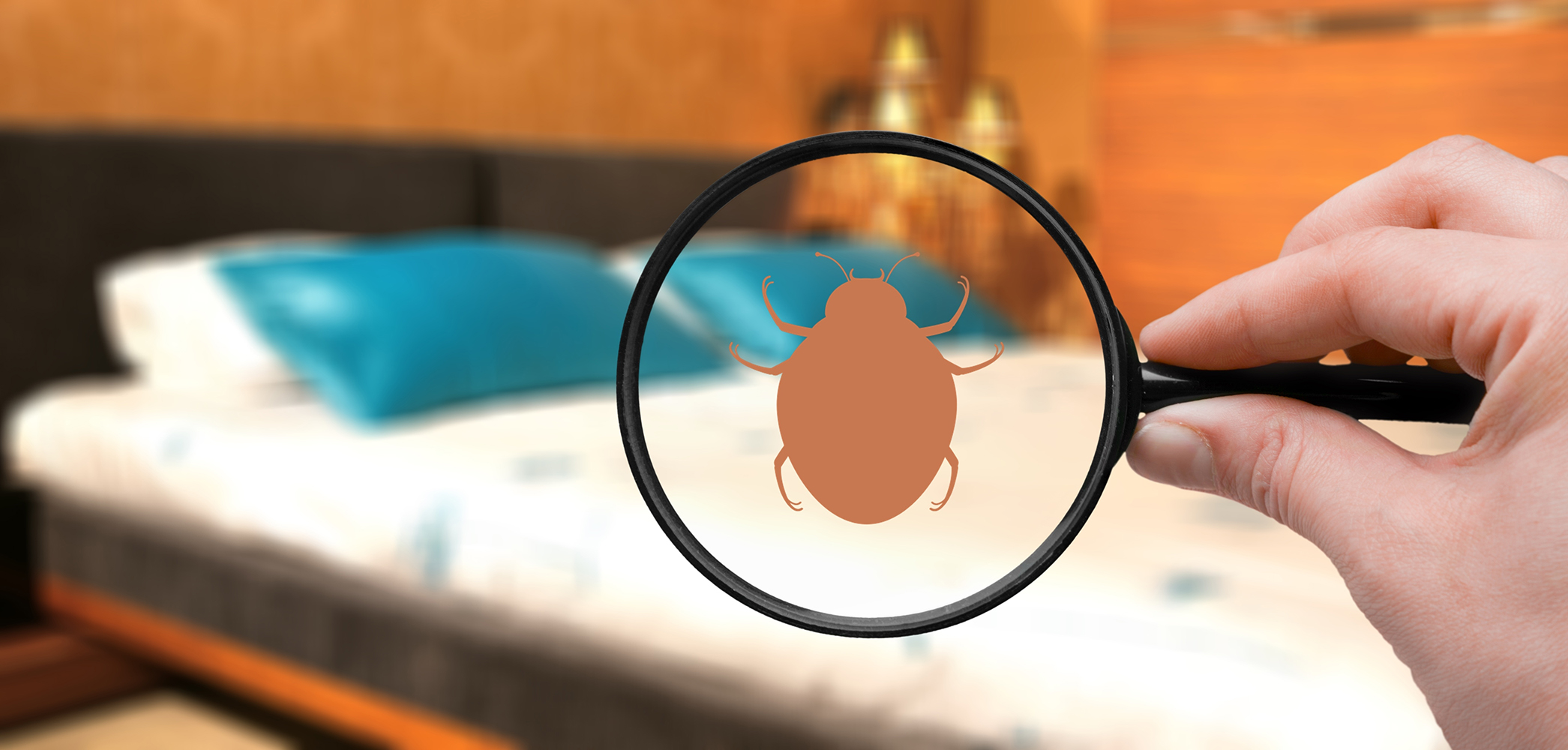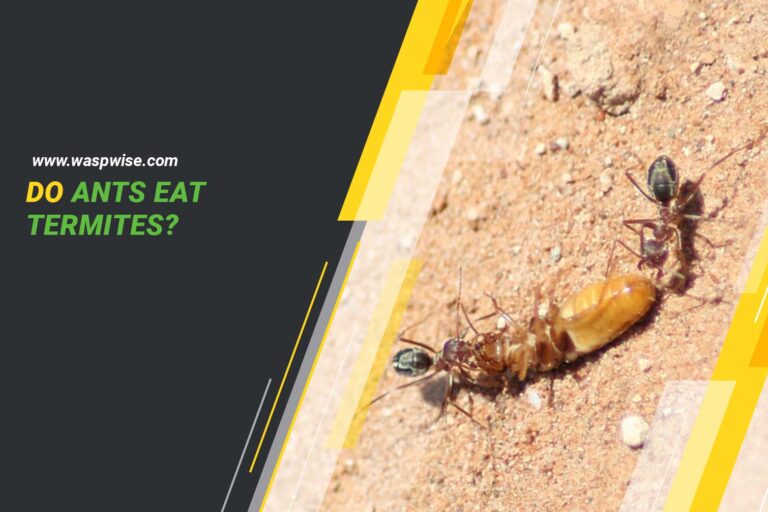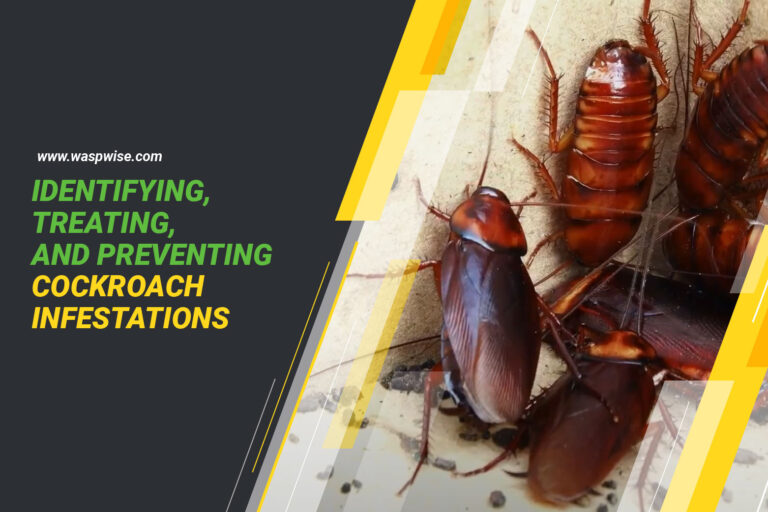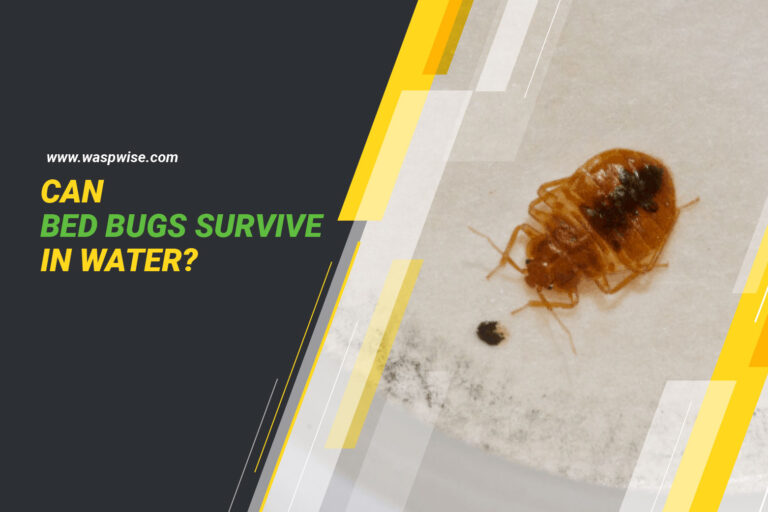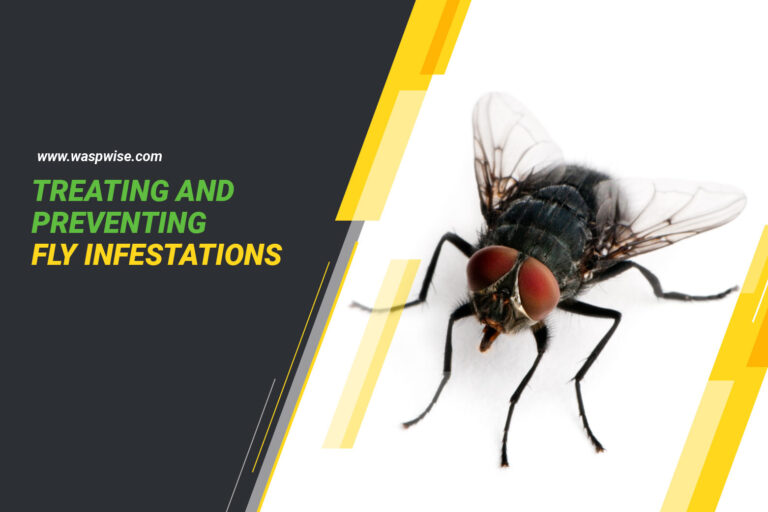Identifying Common Indoor Pests
Do you love having pests in your home? No, of course not. Yet, ironically enough, it’s an all too common problem for many households. Pests, such as bugs and rodents, can be a nuisance and even a health hazard when they make their way indoors. But how do you know what type of pest has invaded your space? Identifying common indoor pests is the first step in eradicating them from your home.
The good news is that several tell-tale signs can help you identify the presence of pests. From droppings to unusual noises and smells, understanding these signs can assist in properly diagnosing the issue at hand. This article will provide everything you need to know about identifying common indoor pests and taking action to get rid of them once and for all.
No one wants to share their home with unwelcome intruders. With the proper knowledge and tools, you’ll gain the confidence to tackle any pest problem head-on – no matter how big or small! Let’s take a closer look at how to identify common indoor pests so you can regain control over your home environment quickly and easily.
INTRODUCTION TO COMMON INDOOR PESTS
The intrusion of pests inside homes is like an unwelcome intruder. Like a dark cloud that looms overhead, pests can quickly take over any space and cause harm. From unwanted guests like ants to long-term residents such as rodents, these common indoor pests come in many shapes and sizes and are far from harmless.
Pests can be a major headache for homeowners, affecting their health, belongings, and sanity. Ants may seem small, but they can create huge colonies that spread through the house. Rodents can enter through the smallest cracks and gnaw on furniture or food items. Bed bugs are famously resilient parasites that hide deep in mattresses until they come out to feed on blood while you sleep!
It’s important to note that not all pest problems will go away with DIY methods like setting traps or spraying insecticides. Professional help may be necessary depending on the severity of the issue. Identifying common indoor pests as soon as possible is key to preventing further damage and getting rid of them for good.
TYPES OF COMMON HOUSEHOLD PESTS
A stitch in time saves nine, and when it comes to common indoor pests, that adage rings true. While most people think of pests as something that only happens outdoors, there are a variety of critters that can invade our homes and cause all sorts of damage. Knowing the types of common indoor pests can help us identify them and take appropriate steps to keep them out.
Pest identification can be challenging, but it’s important to recognize their presence to prevent them from causing damage or health issues. Here are some tips on identifying some of the most common indoor pests:
- Bed Bugs are tiny, reddish-brown insects usually the size of an apple seed (5-7 mm or 3/16 – 1/4 inch long). They can be challenging to spot because they are excellent at hiding in crevices and cracks. However, some signs of these insect pest infestations include bloodstains on the sheets, dark or rusty spots of bug excrement on bedding or mattresses, and a sweet, musty odor.
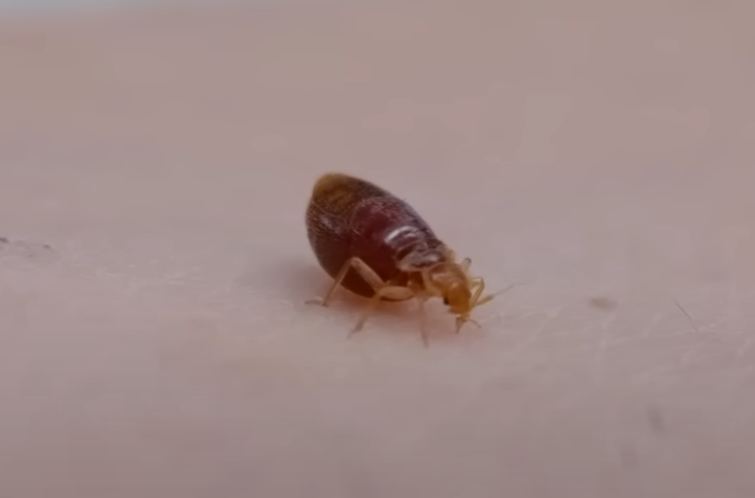
Cockroaches can range from small to large and have flat, oval-shaped bodies. They are typically reddish-brown or black and have long antennae and six legs. Cockroaches are often found in warm, damp environments like kitchens and bathrooms. Signs of a cockroach intrusion include the presence of droppings, egg cases, and a strong, musty odor.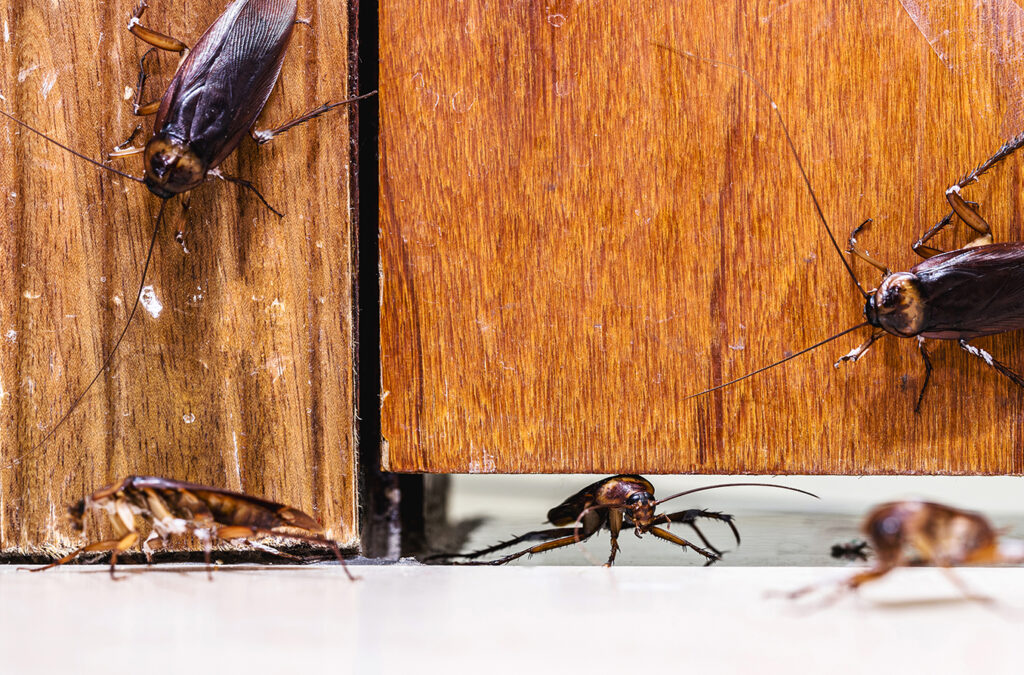
Ants are social insects that form large colonies. They vary in size and color, but most are small and range in color from brown to black. Ants are typically found in kitchens, where they search for food. You can identify an ant infestation by looking for ant trails leading to food sources and small piles of dirt around cracks or holes in walls.
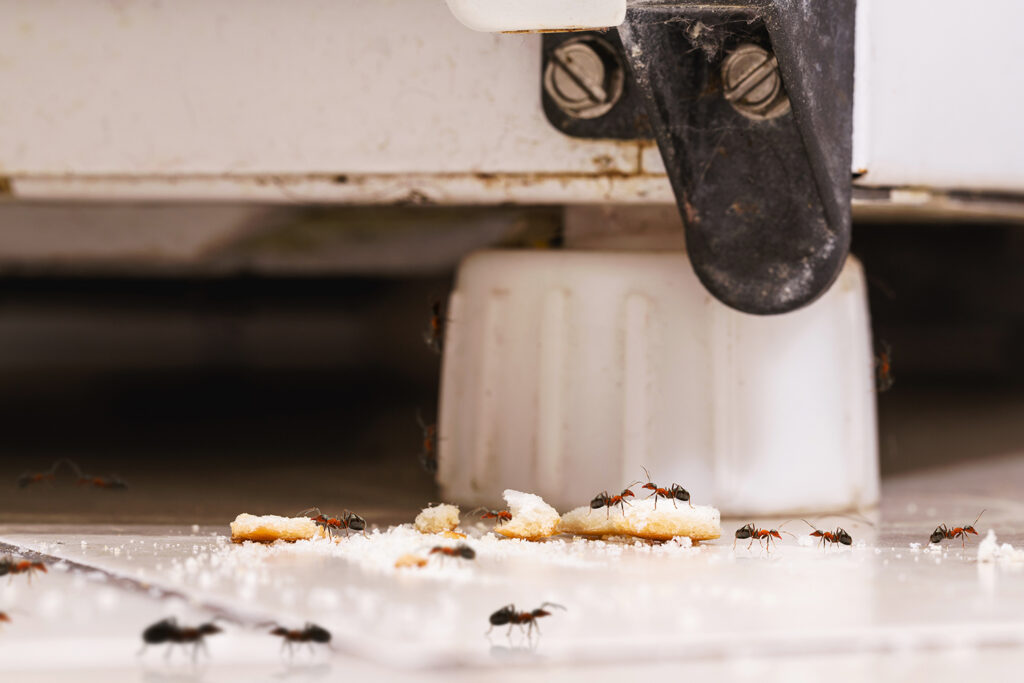
Fleas are tiny, dark-brown insects that are usually no larger than the tip of a pen. They are often found on pets but can also infest carpets and furniture. Signs of a flea infestation include small, dark specks on your pet’s fur or bedding (flea dirt) and signs of scratching.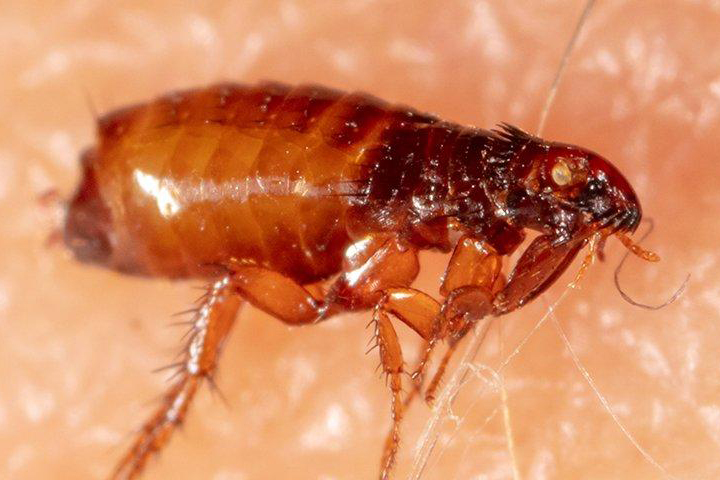
Rodents, such as mice and rats, are common indoor pests that can cause significant damage to your home. They have a long tail and pointed snout and can range in size from small to medium. Signs of a rodent invasion include droppings, gnaw marks on wood or plastic, and signs of nesting in walls or attics.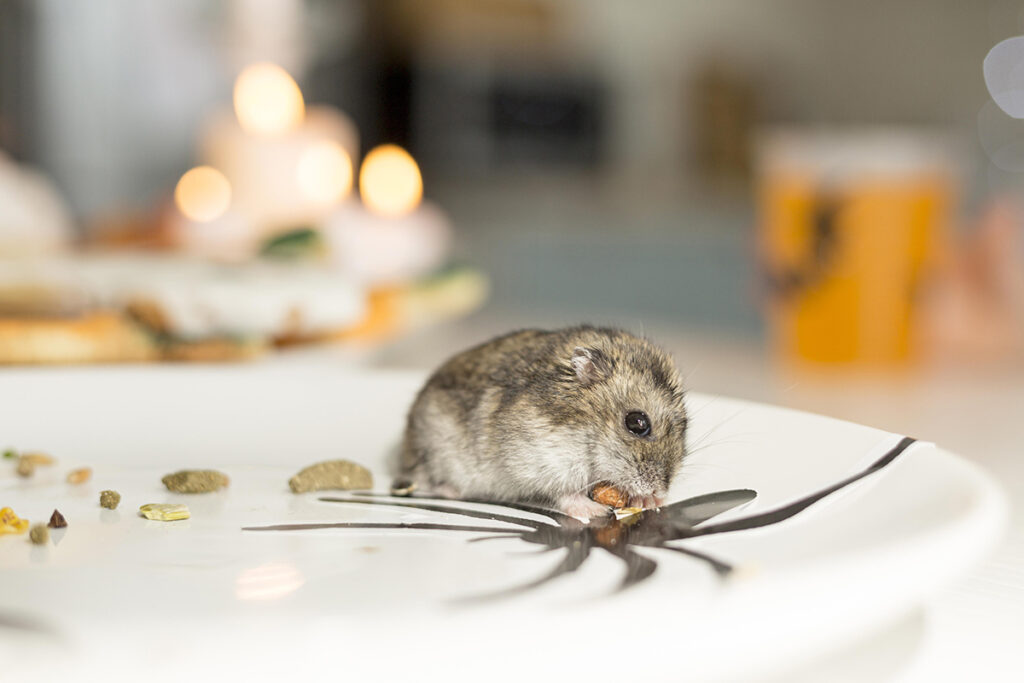
Many other common pests, such as flies, moths, mites, stink bugs, spiders, and ticks, can be quite bothersome. It is essential to identify household pests and take the necessary measures to keep them from entering your home. You can take the necessary steps to prevent or control an infestation by identifying these common indoor pests. If you suspect a pest problem, seek professional help to eradicate the infestation and prevent it from recurring.
IDENTIFYING PEST INFESTATIONS: COMMON SIGNS OF AN INFESTATION
Pest invasion in your home or workspace can be a major problem, affecting millions worldwide. Identifying the signs of an infestation early on can help you prevent a small problem from turning into a larger one.
Some of the most common signs of an infestation include unexplained droppings or chewed-up food packages, strange odors in certain areas of the dwelling, unusual noises from walls or ceilings, and holes, nests, or other signs of activity in hidden areas of your home or workspace.
Taking action as soon as you suspect an infestation is essential, as pests can cause significant damage and health issues. Contacting a professional pest control service is your best bet for effectively eliminating the problem. They can accurately identify the pest type and advise on how to deal with it. Additionally, they can offer advice on effective ways to prevent future infestations from occurring.
Don’t let pests take over your home or workspace. Watch for signs of an infestation and take action as soon as you notice them. By acting swiftly, you can minimize damage and costs associated with getting rid of an infestation and keep yourself, your family, and/or your customers safe from harm caused by these unwanted visitors.
PREVENTION STRATEGIES TO REDUCE PEST INFESTATIONS
Pests can be a real nightmare for homeowners in the US, affecting as many as 20 million homes each year. But the good news is that you can use effective prevention strategies to reduce the chances of these pesky intruders invading your home. By being proactive and taking steps to prevent pest intrusion, you can keep your home safe and secure from all kinds of pests. Don’t wait until it’s too late to take action; start implementing prevention strategies today!
First and foremost, creating a strong barrier between your home and the outside world is essential. This starts with sealing cracks or gaps in walls, windows, doors, and foundations. You should also regularly inspect your home for signs of damage or decay that could provide a gateway for pests to enter.
Regular cleaning is also key to preventing pests from residences in your home. Vacuum carpets, mop floors, and clean counters regularly to help ensure that any food sources don’t attract unwanted visitors. Additionally, store all food items in tightly sealed containers and always take out the trash before bedtime – this will minimize the chances of an infestation occurring in the first place!
By following these simple steps, you can significantly reduce the likelihood of a pest invasion in your home. These preventive measures can save you time, money, and stress – so get started today!
HOME REMEDIES FOR CONTROLLING PESTS
Dealing with a pest infestation can be a real hassle, not to mention expensive, if you choose to hire a professional pest control service. Fortunately, you can try plenty of effective home remedies before resorting to more drastic measures. Here are a few simple and natural ways to control common pests:
Peppermint Oil for Repelling Spiders and Ants or Termites
Spiders and ants hate the smell of peppermint oil, making it an excellent natural repellent. Simply mix a few drops of peppermint oil with water in a spray bottle and spritz around areas where you’ve noticed spiders or ants. To deter pests, you can place cotton balls soaked in peppermint oil in problem areas.
Vinegar for Killing Fruit Flies and Ants
Fruit flies and ants can be challenging to eliminate, but vinegar is a simple solution. Fill a small jar with apple cider vinegar for fruit flies and add a few drops of dish soap. The scent will attract the fruit flies, and the soap will prevent them from flying out of the jar. For ants, mix equal parts vinegar and water in a spray bottle and spritz around entry points.
Diatomaceous Earth for Eliminating Bed Bugs and Fleas
Diatomaceous earth is a natural and non-toxic powder that can eliminate bed bugs and fleas. Simply sprinkle the powder around the areas where the pests are present, such as your bed or carpet, and leave it for a few hours before vacuuming it.
Baking Soda for Killing Cockroaches
Cockroaches can be a tricky pest to eliminate, but baking soda is an effective and natural solution. Mix equal parts baking soda and sugar and place them in areas where cockroaches are present. The sugar will attract the cockroaches, and the baking soda will kill them.
These are just a few natural home remedies for controlling common pests. While they may not be a substitute for professional pest control, they can be a helpful and effective way to reduce pest infestations in your home. Give them a try and see how they work for you!
PROFESSIONAL PEST CONTROL SOLUTIONS

When it comes to indoor pests, sometimes the most effective solution is to call in professionals. With their expertise and tools, they can quickly identify the problem and provide a long-term solution. Let’s take a look at some of the advantages of professional pest control.
Firstly, professional pest control companies have access to stronger insecticides unavailable to consumers. This means they can effectively treat large infestations with minimal disruption to your life. Moreover, these companies usually use integrated pest management (IPM) techniques which reduce the number of pesticides used, making them safer for people and pets.
In addition, professional pest controllers are trained to spot signs of infestation early on and can recommend preventative measures such as sealing up cracks and crevices or removing food and water sources from around the home. This means you can avoid future problems by addressing underlying issues rather than waiting until they become severe.
With their assistance, you can rest assured that any indoor pests will be eliminated quickly and safely, so you no longer have to worry about them. So, if you’re struggling with pesky invaders in your home, consider contacting a professional for help. It could be just what you need to restore peace of mind and a pest-free home.
FREQUENTLY ASKED QUESTIONS
Are there any natural or eco-friendly pest control options available for those who want to avoid harsh chemicals?
Yes, there are natural and eco-friendly pest control options available. These options typically use essential oils, herbs, and other natural ingredients to repel or kill pests. Examples of natural pest control options include diatomaceous earth, neem oil, and peppermint oil. While natural pest control options may be safer for humans and the environment, they may not be as effective as chemical-based solutions.
How can I identify the signs of a bed bug infestation, and what are some practical ways to get rid of them?
Signs of a bed bug infestation include bites on your skin, blood stains on your sheets or mattress, and small brown or black spots on your sheets or mattress. You may also notice a sweet, musty odor. To get rid of these household bugs, you can use a combination of vacuuming, steaming, and washing your bedding and clothing in hot water. In severe cases, professional pest control may be necessary.
How can I prevent fleas from infesting my home, and what are some effective ways to get rid of them if they do?
To prevent fleas from infesting your home, regularly vacuum carpets, furniture, and pet bedding, and wash your pet’s bedding and toys in hot water. Keep your pets groomed and treat them with flea medication as your veterinarian recommends. If you do have a flea invasion, you can use flea sprays or powders or hire a professional pest control service to eliminate the problem effectively.
CONCLUSION
It’s important to know how to identify common indoor pests and the best solutions for control. That’s why it’s important to be aware of the signs of pest invasion, such as droppings, nesting sites, and damage to furniture or other items in your home. The good news is there are a variety of natural pest repellents available that can help keep pests away. It’s also important to take preventative measures like sealing any cracks or openings around your home and eliminating sources of food and shelter for pests.
If you do find yourself dealing with an infestation, it’s important to act quickly. Professional pest control companies can often respond within 24 hours, potentially saving you time and money in the long run. In fact, according to a survey by the National Pest Management Association, 97% of pest management professionals say they have been able to prevent property damage with timely intervention.
Overall, knowing how to identify common indoor pests is an essential part of homeownership. If you suspect an infestation in your home, don’t hesitate to contact a professional pest control company right away so they can get started on eradicating the problem before it causes further damage.

